Cocoa Tour in Costa Rica
Explore the sustainable farming practices that make Costa Rica's cacao stand out, offering a guilt-free indulgence for your palate and conscience.
Costa Rica's rich cocoa culture
At the heart of Costa Rica lies a rich tapestry of cocoa culture dating back centuries. Discover the traditions, flavors, and history that make Costa Rican cocoa special.
Benefits of traveling with VitCrop
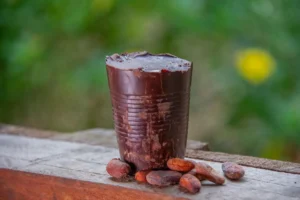
Unearthing Costa Rica's cocoa legacy
Costa Rica cuenta con una vibrante historia de cultivo de cacao, siendo su grano una parte integral del patrimonio del país. Desde las tribus indígenas que lo cultivaron por primera vez hasta los modernos chocolateros artesanales.
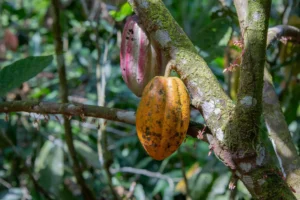
Explore the cacao plantations
A visit to Costa Rica is complete with the enchanting cocoa plantations scattered across its lush landscapes. Walk along our cocoa trails, where you can witness the history of the cocoa trade amidst the region's natural beauty.
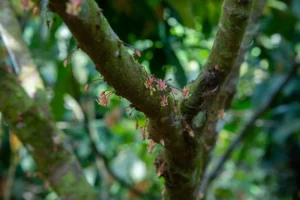
Guided tours and experiences
Embark on a journey with a local guide who will explain the history of cocoa, take you through the cultivation process, and introduce you to the diverse flora and fauna that inhabit the cocoa farm. Whether sipping hot chocolate or enjoying a cocoa forest experience, every moment celebrates Costa Rica's cocoa culture.
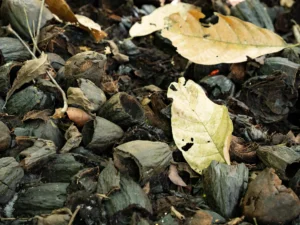
Exploring Matina's best cocoa farms
Explorar las fincas de cacao de Matina te sumerge en un entorno natural impresionante, rodeado de una diversidad biológica única. Matina es un verdadero tesoro cuando se trata de explorar las mejores fincas de cacao en el país.
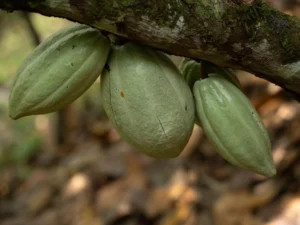
The magic behind cocoa growing
Cocoa is a fascinating plant that requires a specific tropical environment to thrive and produce its delicious fruits. Knowing how cocoa grows is fundamental to understanding the magic behind producing high-quality chocolate.
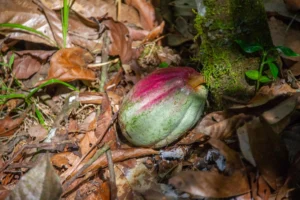
Increasing the yield of our cocoa
El cacao prospera mejor en regiones cercanas al ecuador, donde el clima es cálido y húmedo. En Costa Rica, destaca la región de Matina por su entorno natural propicio para el cultivo del cacao. La combinación de lluvias regulares, temperaturas cálidas y suelos ricos en nutrientes contribuye a un óptimo crecimiento.
A deep dive into cocoa harvesting techniques
At Vitcrop, cocoa is grown sustainably and in an environmentally friendly way to ensure the quality of the final product. Cocoa harvesting is a fascinating process that follows several careful steps to provide excellence in every bean. Join us on this exciting tour through the cocoa plantations!
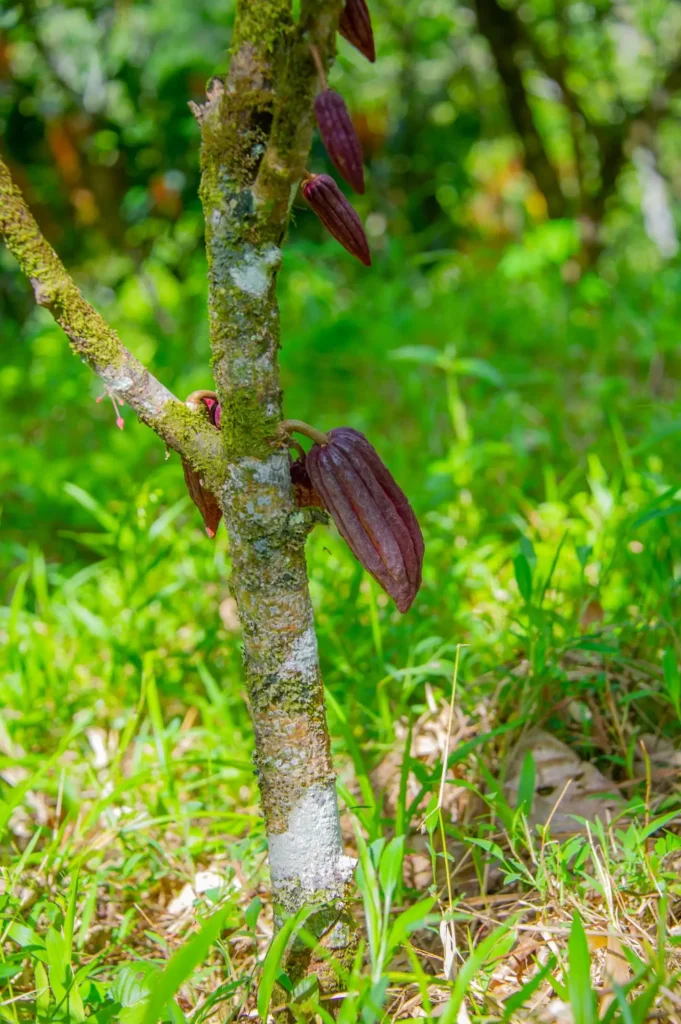
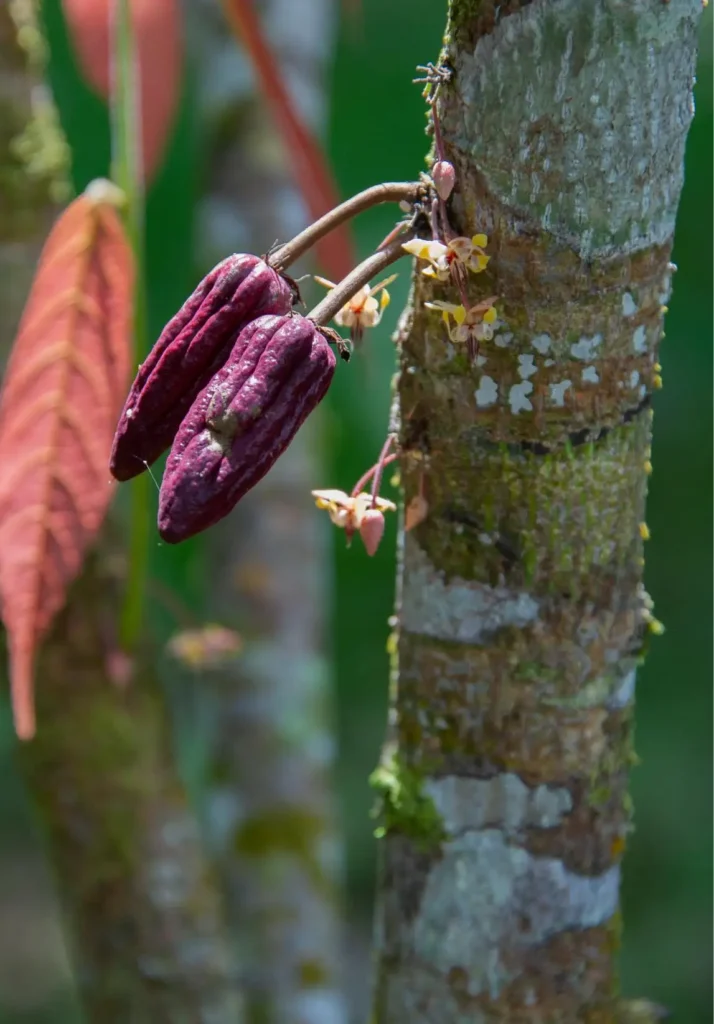
Delight
With Costa Rica's unique cocoa selections
Costa Rica is renowned for its rich biodiversity and high-quality cocoa production, which includes several unique varieties. Among these, two stand out: the National cocoa and the CCN-51 cocoa. Each array has distinctive characteristics that make it valuable for producers and chocolatiers.
Nacional cocoa is considered one of the world's finest and most aromatic varieties. It is grown mainly in the Talamanca region and other areas of the country and is known for its complex flavor profile, which includes fruity and floral notes.
On the other hand, CCN-51 cocoa, developed in Ecuador, has been introduced in Costa Rica due to its high productivity and disease resistance. Although this variety is less appreciated in terms of flavor compared to cocoa.
Sustainable Practices
That Transform a Cocoa Crop
On our cocoa tour in Costa Rica, you can observe various sustainable agricultural practices that reflect the producers' commitment to the environment and the community. These farming practices contribute to cocoa quality and promote biodiversity conservation and social well-being.
Agroforestry Systems
One of the most prominent agricultural practices is the use of agroforestry systems. In these systems, cocoa is grown alongside other tree and plant species, which helps to create a more balanced and diverse ecosystem.
Integrated Pest Management Techniques
Another observable sustainable practice is implementing integrated pest management (IPM) techniques. This strategy seeks to minimize chemical pesticides, promoting biological (bio-controllers, biofertilizers, nitrogen-fixing micro-organisms, etc.) and cultural pest control methods instead.
Cocoa Fermentation
Cocoa fermentation is another important aspect that is carried out sustainably. After harvesting, cocoa beans are fermented in boxes or on banana leaves, an essential process for developing the cocoa flavor and where microorganisms play an important role.
Training and Education
Training and education of farmers in sustainable agricultural practices is a key component of cocoa tours. Many farmers participate in training programs about sustainable agriculture, biodiversity conservation, and the importance of maintaining farming practices that benefit the community and the environment.
Our tours educate visitors about the cocoa production process and highlight the importance of preserving cultural traditions and ancestral knowledge related to cocoa cultivation.
Fair Trade and Organic Certification
Finally, other practices observed on cocoa tours are fair trade and organic certification. Many producers in Costa Rica are certified under fair trade standards, which guarantees that they receive a fair price for their cocoa and that certain labor and environmental conditions are met.
As members of ASOPROVAINCA at Vitcrop, we have the Participatory Certification System, endorsed by the Organic Agriculture Registration Unit of the State Phytosanitary Service, under registration number 09-05 in the name of Steven Sánchez Vargas.
Book a Tour Today
Experience the cocoa tradition in an exuberant natural environment. Learn every step, from the bean to the chocolate, in a tour full of history and flavor. Make your reservation now and transform your day into a delicious adventure!
